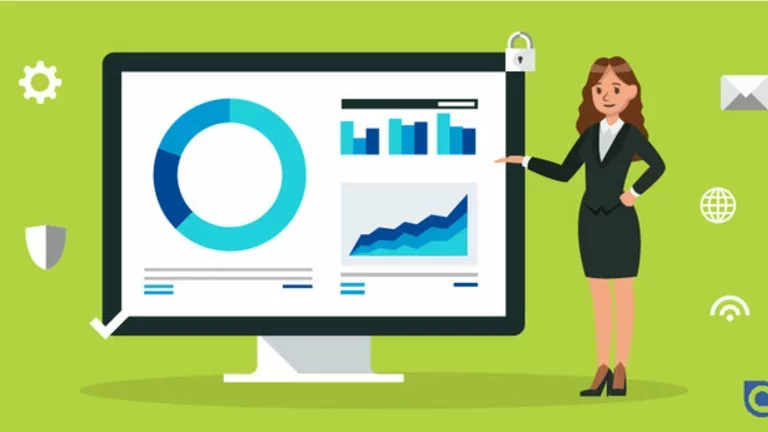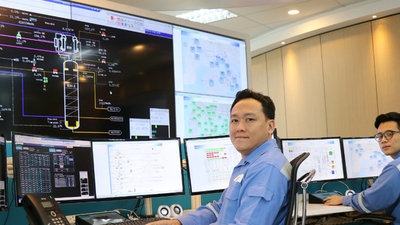How have we changed
The first change Big Data has brought is the phenomenal advantage to our decision-making processes. In the past, before the advent of Big Data and the emergence of Analytics, we used to make decisions by blending experience, expertise and intelligence. Although these insights were gleaned from the best informed sources on the subject, there was also innate speculation and inherent risks. Speed was an issue, and there was also a limit to the amount of data that can be taken from mere spreadsheets.
How is that possible? Analytics - patterns and knowledge from datasets dynamically harnessed can be used to make informed and strategic choices. It is able to analyze large and complex datasets which are fast-changing in volume, variety and value. It minimizes risks as well as uncovers valuable insights that would otherwise remain hidden and excluded in decisions made.
For similar reasons, the second change Big Data has brought is the much-anticipated shift of Lagging indicators into Leading indicators using descriptive to predictive or even prescriptive analytics. We know that Lagging indicators measure past activity. They are the outcome of both our effort and external factors which we often have little control over. When troubleshooting, we are only able to tell the whats and the whys after the fact using descriptive analytics. If we employ predictive or prescriptive analytics, we are able to provide Leading indicators. Doing so makes us action-oriented; we would then be in the position to identify the drivers that can optimise our ability so as to obtain the outcomes we want as well as measure the impact of those actions, fine-tuning our processes along the way.
Finally, the third change Big Data has brought is the possibility of harmonising Analytics for the various parts of the organisation so that it underpins business strategy and improves business decision-making. It is a concept that I define as “push versus pull”. Historically, Air Liquide like most organisation would have relied on a centralized team to focus on long term strategic questions and to “push” their conclusions to the rest of the organization for execution. Today it is possible that other parts part of the organization could detect issues faster than the centralized team leveraging the analytical services of the organisation, hence the “pull”. The hybrid use of centralized and decentralized approaches and a solid analytic capability underpins business strategy and serves to improve business decision making scenarios.
Ecosystem
However, effective use of big data can only be achieved through the creation of a strong ecosystem. In order to leverage the opportunities Big Data offers, the data has to be easy to use with employees educated and empowered to understand and analyze the world of Big Data relevant to their areas of expertise.
Crowdsourcing ideas from employees who know their organization, industry, market, and customers inside out also allow us to innovate faster and better. Air Liquide catalyses this by providing a well-designed data and analytics platform and access to reliable data for use in “hackathons” that allow employees to come up with creative ideas and have their voices heard. It is in the same vein that a Data Challenge open to University students across Southeast Asia was organised, asking participants to provide their algorithms to the data sets that provided. Through this exercise, the expertise of more than 600 potential data scientists could be studied and analysed, providing not only potential solutions but potential expertise.
Air Liquide recognises that it cannot be an expert in every area and also relies on external experts. Hence, in line with its open innovation approach, Air Liquide engages and works closely with identified start-ups to develop new digital technologies adapted to the needs of the organisation.
This holistic approach to developing the ecosystem is needed to sustain our momentum.

